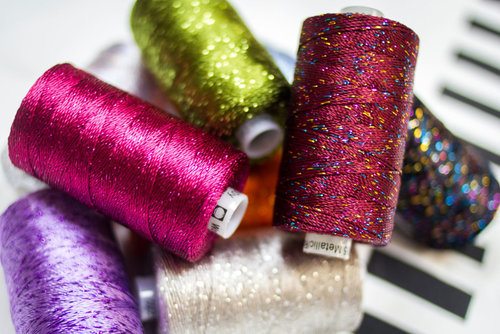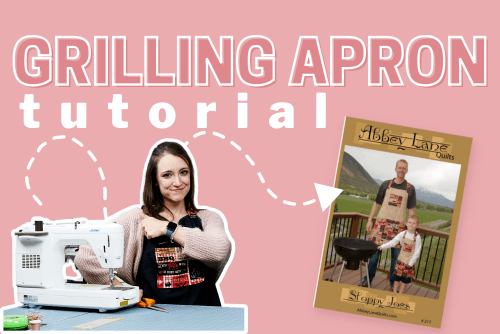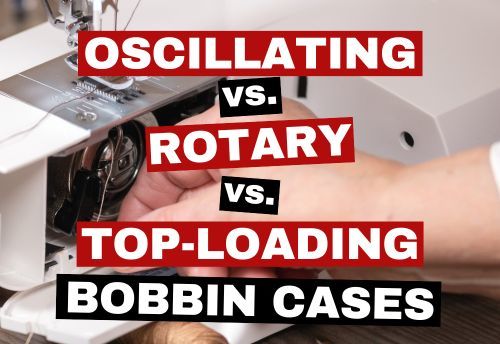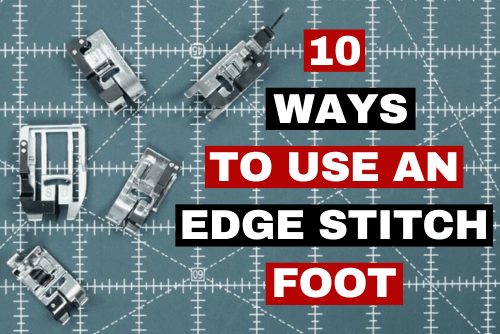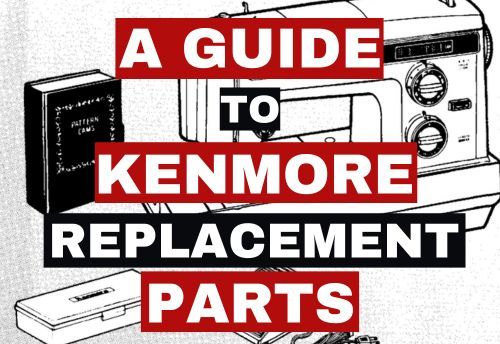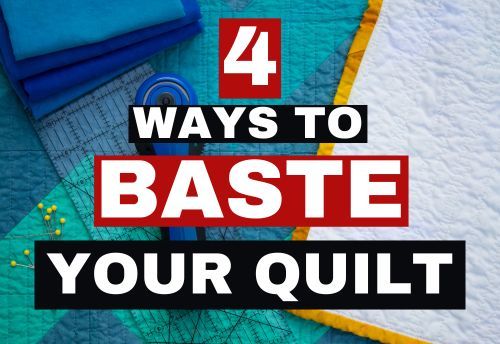
If you are intimidated by metallic thread, you are not alone. I am absolutely convinced that it can smell my fear. Although it’s difficult to work with when learning, in the end, it pays off. It is absolutely beautiful and adds the shine and sparkle we all love. Here are a few tested tips that have helped me tame the shiny beast that is metallic thread. In no time at all, you will be a pro at adding decorative thread to your projects.
Quality Thread
This is the most important aspect to successfully using metallic thread. Always use a high quality thread in a large spool size. Hemingworth is a great brand, we also recommend using Madeira or Wonderfil Metallic thread. These brands manufacture a sturdy metallic thread that feeds consistently through your machine, saving you a lot of headache.
Metallic Thread needles
Using the proper needle for your thread is just as important as using the proper needle for your fabric weight. Metallic needles have a special groove down the front shaft to help guide the delicate thread. The best is size 90/14. Some people also have success with a 90/14 topstitch needle.
Thread stand
A thread stand attachment for your sewing machine also makes a huge difference. It will ensure your 'glamour' thread feeds through your machine smoothly without breakage. Thread stands are also a great way to utilize larger spool sizes. Most sewing machines can't handle large spool sizes on their small horizontal spool pins. These attachments allow you to set the stand behind the machine vertically to use thread cones.
Additional Tips
The above tips will solve the majority of problems that sewists encounter when first starting to work with metallic threads. Here are some more helpful tips and tricks that I've found to really help the process as well.
Choose a longer stitch
If it is your first time using metallic thread, I suggest a simple straight stitch to practice. Once you get the hang of it, experiment with your other stitches.
Thread tension needs to be loose
Before you begin sewing on your fabric, use a similar weight fabric to get your tension perfect. Start with your thread tension at 0 and tweak as needed. Metallic thread tension needs to be looser than normal thread.
Threading the bobbin
Put metallic thread on your bobbin by hand. If you are using very fragile thread, having metallic thread in the bobbin can help.
Clean up the dust
Make sure you remove any lint or dust from your bobbin case before sewing.
Remove the paper from thread spool
The paper sticker on your thread can cause skipped stitches and breakage.
Sew Slowly
Very, very slowly. Sewing too quickly will increase breakage.
Be Patient
Your frustration will come out in your work. Take a breath, grab a drink, put the heavy object in your hand down and relaaaaax. Cursing is expected.


